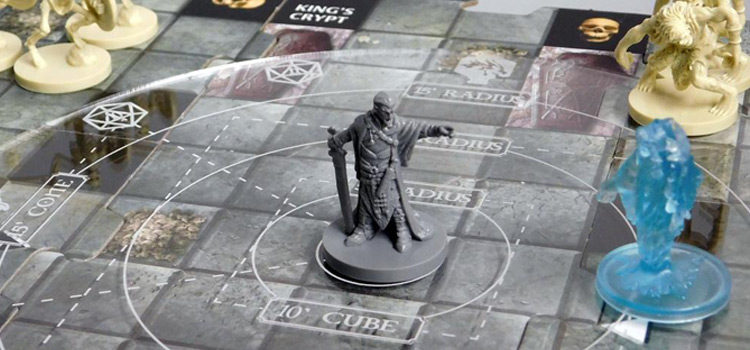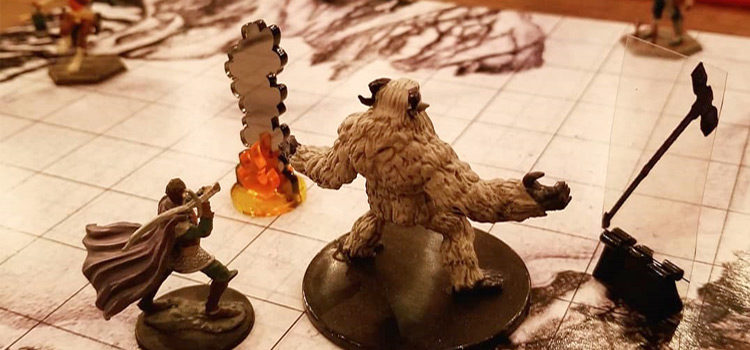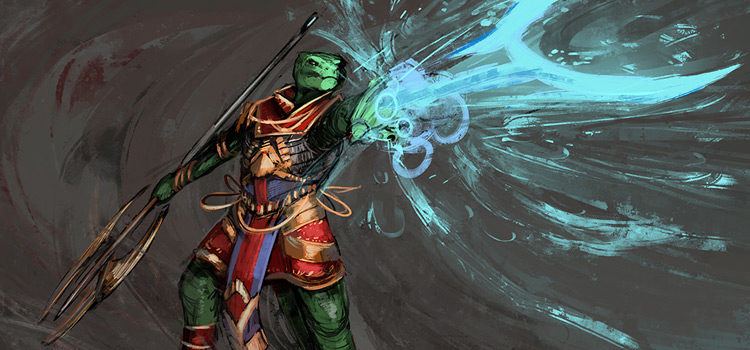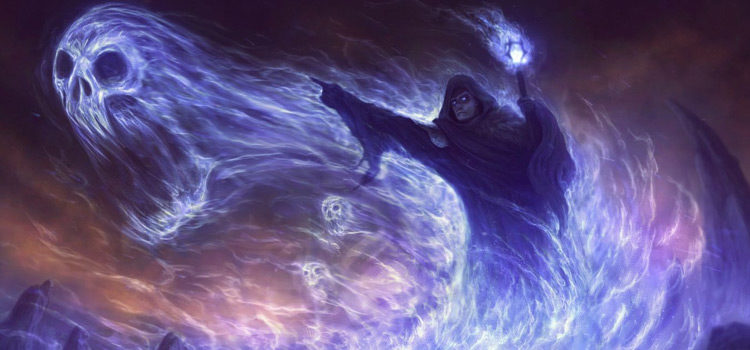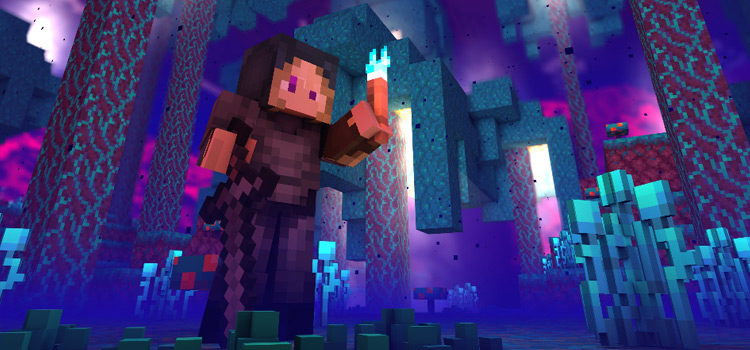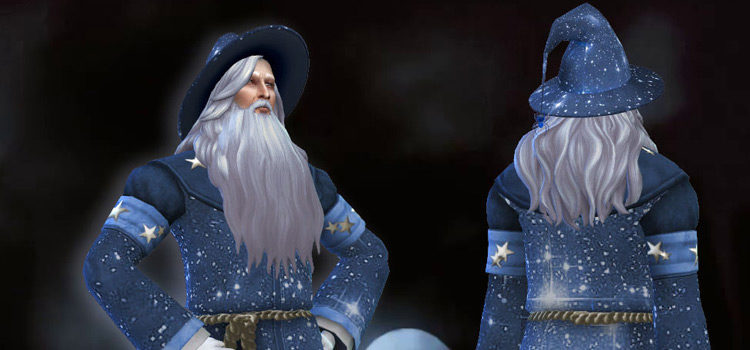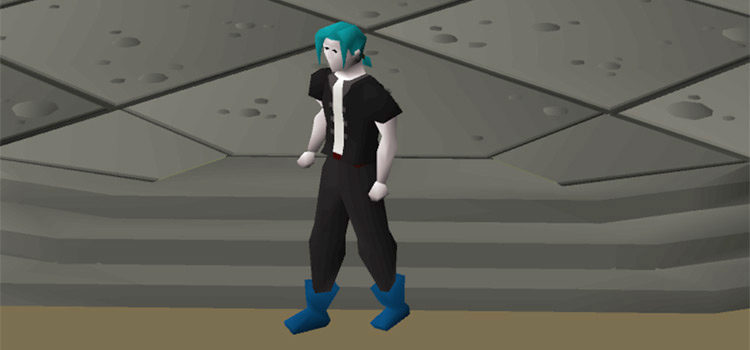Best Wizard Cantrips in D&D 5e: Every Spell, Ranked
This post may contain affiliate links. If you buy something we may get a small commission at no extra cost to you. (Learn more).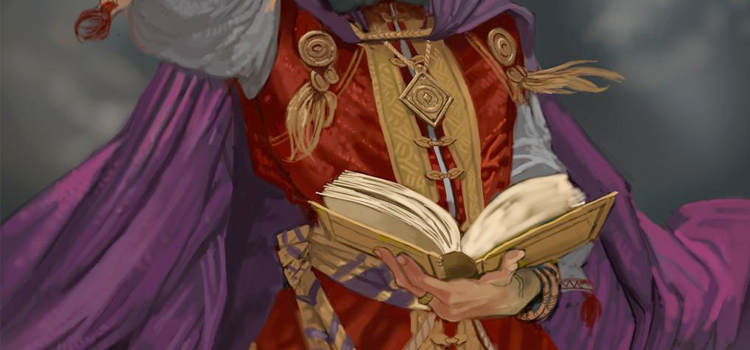
Wizards dominate the battlefield, as well as the world around them.
They have access to some of the most powerful spells in the game. And a skilled wizard knows just how to use them.
I’ve compiled a list sharing some of the best cantrips that a true wizard should be aware of in D&D, plus how a crafty wizard can use these spells in and out of combat.
20. Control Flames
Source: Elemental Evil’s Player’s Companion p. 16
Casting Time: 1 Action
Range: 60 feet
Components: Somatic
Duration: Instantaneous or 1 hour
At the bottom of our list, Control Flames lets you do just that: control some (nonmagical) fire.
You can expand it five feet in one direction, put the fire out in that 5ft cube, make the light casting from it brighter or dimmer, or make simple shapes in the flames itself.
While it’s not wholly powerful, it allows wizards to control the environment around them.
It’s not always useful. But it can offer some unique roleplaying or combat options throughout your game.
19. Poison Spray
Source: Player’s Handbook p. 266
Casting Time: 1 Action
Range: 10 feet
Components: Verbal & Somatic
Duration: Instant
The first damaging spell in our list, Poison Spray forces the target to make a Constitution saving throw or they take a whopping 1d12 damage.
The damage scales up over time, but unfortunately, the spell doesn’t do a whole lot more than that. Which is why it’s so low on our list.
18. Friends
Source: Player’s Handbook p.244
Casting Time: 1 Action
Range: Self
Components: Somatic, Materials (A small amount of makeup is applied to the face as it is cast)
Duration: Concentration for up to 1 minute
A great way to make a “friend” and get advantage on Charisma checks for the duration of the spell, this is mostly a role-playing tool.
Being able to use it to gain information, get past pesky NPCs, or other creative scenarios to annoy your DM.
One downside to mention (aside from the very short duration) is that once the spell has worn off, the target knows you cast a spell on them. This gives the DM free reign to have that NPC react as they choose, which might end up messy.
17. Light
Source: Player’s Handbook p.255
Casting Time: 1 Action
Range: Touch
Components: Verbal, Material (a firefly or phosphorescent moss)
Duration: 1 Hour
One of the handiest spells in anyone’s spellbook, Light does exactly what it sounds like.
It lights stuff up!
Parties with little to no darkvision love this spell for giving them light in darker dungeons, as well as being able to have magical light to stop any nonsense with stuff like the darkness spell.
You can also cast light on other people’s stuff, provided they fail a Dexterity saving throw if they’re wearing or holding the item.
16. Lightning Lure
Source: Sword Coast Adventurer’s Guide p.143
Casting Time: 1 Action
Range: 15 feet
Components: Verbal
Duration: Instantaneous
A spell I had no idea existed until I researched for this article. Lightning Lure offers a little bit of crowd control, as well as chances of dealing damage to enemies.
Being able to just pull a target towards you by 10 feet is nothing to sneeze at.
Especially if you take into account that most enemies in the Monster Manual have pretty weak Strength saving throws.
15. Frostbite
Source: Elemental Evil Player’s Companion p.18
Casting Time: 1 Action
Range: 60ft
Components: Verbal, Somatic
Duration: Instantaneous
A neat little trick for Wizards who want to help out their teammates, Frostbite forces the target to make a Constitution Saving Throw or take 1d6 cold damage, as well as giving them a disadvantage on their next weapon attack roll.
With its decent range and small debuff, it works wonders in most party dynamics in the early game, as well as offering an easy potential affliction as the party grows in levels.
14. Minor Illusion
Source: Player’s Handbook p.260
Casting Time: 1 Action
Range: 30 feet
Components: Somatic, Material (a bit of fleece)
Duration: 1 minute
The earliest illusion spell that lets you manipulate what other people see, Minor Illusion mainly offers roleplaying-only options and does little outside of combat.
But I love spells like this. Because it lets you, the player, figure out how to handle a situation without using a clear-cut answer.
Dungeon Masters who play along and don’t limit players to single answers make spells like these only limited by your imagination.
13. Prestidigitation
Source: Player’s Handbook p.267
Casting Time: 1 Action
Range: 10 feet
Components: Verbal, Somatic
Duration: Up to 1 hour
One of the more silly spells to exist, Prestidigitation lets you choose up to three out of six whimsical effects:
- Making a harmless sensory effect like sparks, a little wind, a faint smell.
- Instantly putting out or lighting torches or small fires.
- Cleaning or soiling an object no larger than a cubic foot.
- Chilling, warming, or flavoring a nonliving material for up to an hour (pretty open to interpretation)
- Making a color, symbol, or mark appearing on a surface for an hour.
- Create a nonmagical trinket or illusory image that fits in your hand until your next turn.
As you can see, this spell offers a lot for a simple cantrip.
In the same vein as Minor Illusion, this spell is only limited by your imagination and how much your DM is going to allow you to get away with it.
Packing a spell like this can brighten an otherwise dull campaign, or just offer creative solutions that you’d never think of if you didn’t have something like this in your back pocket.
12. Acid Splash
Source: Player’s Handbook p.211
Casting Time: 1 Action
Range: 60 feet
Components: Verbal, Somatic
Duration: Instantaneous
Every Wizard’s cheapest Area of Effect spell, Acid Splash lets you force a creature (or two if they’re within 5 feet of each other) to make a Dexterity Saving Throw.
If they fail, it’s only a small amount of damage, but it’s handy either way.
11. Infestation
Source: Xanathar’s Guide to Everything p.158
Casting Time: 1 Action
Range: 30 feet
Components: Verbal, Somatic, Material (a living flea)
Duration: Instantaneous
A spell that deals damage and forces the target to move in a random direction? Sign me up!
You summon a bunch of nasty parasites onto the target, forcing them to make a Constitution Saving Throw. If they fail, they take 1d6 poison damage and you get to roll a d4, forcing them to move in one cardinal direction
Having the ability to ruin a creature’s plan via forced movement is pretty powerful, at the downside of the randomness involved.
It might potentially put you or your party in danger, or it might just save someone’s hide one day.
10. Ray of Frost
Source: Player’s Handbook p.271
Casting Time: 1 Action
Range: 60 feet
Components: Verbal, Somatic
Duration: Instantaneous
In the same vein as Frostbite, Ray of Frost lets you deal some damage to a target, and also slow them down a bit.
However, Ray of Frost just requires you to succeed on an attack roll, where Frostbite forces the target to save.
It’s a nice tool and decent damage (1d8 vs 1d6), and the speed reduction is handy to keep enemies at bay while you and your party are engaging in combat.
9. Gust
Source: Elemental Evil Player’s Companion p.19
Casting Time: 1 Action
Range: 30 feet
Components: Verbal, Somatic
Duration: Instantaneous
On paper, Gust doesn’t seem super powerful. Being able to push an object 10 feet away, harmless sensory effects similar to Prestidigitation, or even pushing a Medium or smaller creature back 5 feet doesn’t seem like much.
But wizards excel at one thing more than any other class: crowd control.
Spells like Gust allow you to control the field and set up turns for you and your allies to not only stay safe but to keep enemies where you want them during combat.
Being able to do this (although to a small degree) for free is a great tool that no Wizard should ever pass up.
8. Mending
Source: Player’s Handbook p.259
Casting Time: 1 Minute
Range: Touch
Components: Verbal, Somatic, Material (two lodestones)
Duration: Instantaneous
Another utility spell that can often be underlooked, Mending allows you to repair tears and breaks in any object, provided the damage isn’t larger than 1 foot in any dimension.
This opens up a lot of ways to solve puzzles and problems along your journey, making Mending another one of those spells that gets limited by your imagination.
7. Chill Touch
Source: Player’s Handbook p.221
Casting Time: 1 Action
Range: 120 feet
Components: Verbal, Somatic
Duration: 1 Round
Chill Touch is probably the worst named spell in D&D 5e.
It doesn’t require you to touch anyone, and it doesn’t deal cold damage.
While I rank this spell pretty low in the Necromancy school, it’s not without its merits.
After making a ranged spell attack, Chill Touch lets you deal 1d8 damage to the target. And they can’t regain any hit points until your next turn.
This makes it a powerful tool against any enemy that can heal in combat.
Chill Touch also offers one of the highest ranges for a cantrip in the game, with double the range of most spells we’ve covered so far.
6. Create Bonfire
Source: Elemental Evil’s Player’s Guide p.16
Casting Time: 1 Action
Range: 60 feet
Components: Verbal, Somatic
Duration: Concentration up to a minute
What if I told you that you could set the world on fire? Well, to a degree.
This spell allows you to create a magic bonfire in any 5ft cube, igniting any flammable object in that isn’t worn or carried.
If a creature is in that space or moves into/ends their turn in that space, they also have to make a Dexterity Saving Throw or take 1d8 fire damage.
Create Bonfire lets you do a couple of things: Hitting enemies (sometimes) and setting things on fire. And you can set a lot of things on fire in a short amount of time.
5. Toll the Dead
Source: Xanathar’s Guide to Everything p.169
Casting Time: 1 Action
Range: 60 feet
Components: Verbal, Somatic
Duration: Instantaneous
Another spell I covered in my Necromancy Spell list, Toll the Dead is a very powerful cantrip at your disposal.
You force your target to make a Wisdom Saving Throw or they take 1d8 necrotic damage (1d12 if they are missing any hit points) means it can churn out a lot of damage if you’re low on spell slots.
4. Message
Source: Player’s Handbook p.259
Casting Time: 1 Action
Range: 120 feet
Components: Verbal, Somatic, Material (a short piece of copper wire)
Duration: 1 round
Message is one of those spells that is either incredibly useful, or incredibly useless.
Being able to pass silent messages back and forth can be handy in and out of combat in tons of situations.
Or, it can be a useless cantrip if you never find a use for it when playing.
If you want to pick up this cantrip, you need to think of how your character is going to use the spell. Maybe it’ll be handy, maybe it’ll be a dead slot. Plan your build a little before going with this one.
3. Mold Earth
Source: Elemental Evil’s Player’s Guide p.21
Casting Time: 1 Action
Range: 30 feet
Components: Somatic
Duration: Instantaneous, or 1 hour
Remember how I said you can do a lot with cantrips?
Welcome to the magical excavator: Mold Earth.
You choose a portion of dirt or stone that fits a 5-foot cube, and can do one of the following options:
- You cause shapes, colors, or both to appear. You can create words, shapes, images, or patterns that last up to an hour.
- If the target is on the ground you can turn it into difficult terrain, or vice-versa if it already is difficult terrain. This change lasts for an hour, and you can have two instances of this or the first option active at once.
Now, the third option for this spell gets a little crazy:
- If you target an area of loose earth, you can instantly excavate it, move it along the ground, and deposit it up to five feet away. This movement doesn’t have enough force to cause damage.
I want you to imagine a five-foot cube. If it helps you as an example, Emilia Clarke (Khaleesi from Game of Thrones) is about 5″2, so you can move a cube a little smaller than a cube of Khaleesi’s.
That’s a lot of dirt, my dudes. And it’s instantaneous.
See that building over there? Its foundation is gone.
Need a shelter? Spend a couple of minutes and make a cave like it’s Minecraft.
Need a ditch to bring water to an impoverished village? Done in a breeze.
Mold Earth is one of those spells that you can push the limits with, and I don’t think you should ever skip this spell.
2. Fire Bolt
Source: Player’s Handbook p.241
Casting Time: 1 Action
Range: 120 feet
Components: Verbal, Somatic
Duration: Instantaneous
Fire Bolt set the bar for any damage-only cantrip, as it has among the highest base damage for a cantrip (1d10 flat, only second to Toll the Dead’s bonus damage).
And it also shares the highest range for a damage-only cantrip.
It’s the go-to bread and butter damage cantrip for any Wizard.
1. Mage Hand
Source: Player’s Handbook p.256
Casting Time: 1 Action
Range: 30 feet
Components: Verbal, Somatic
Duration: 1 minute
Mage hand is probably the only spell on this list that every Wizard should take, without a doubt.
Being able to interact with objects from a distance is invaluable. And it’s another spell that truly gets limited just by your own imagination.
Slap around a bunch of sketchy-looking items? Done.
Push in tiles and other things that look like they might set off a trap? Easy.
Annoy your DM until the end of time? Absolutely.
